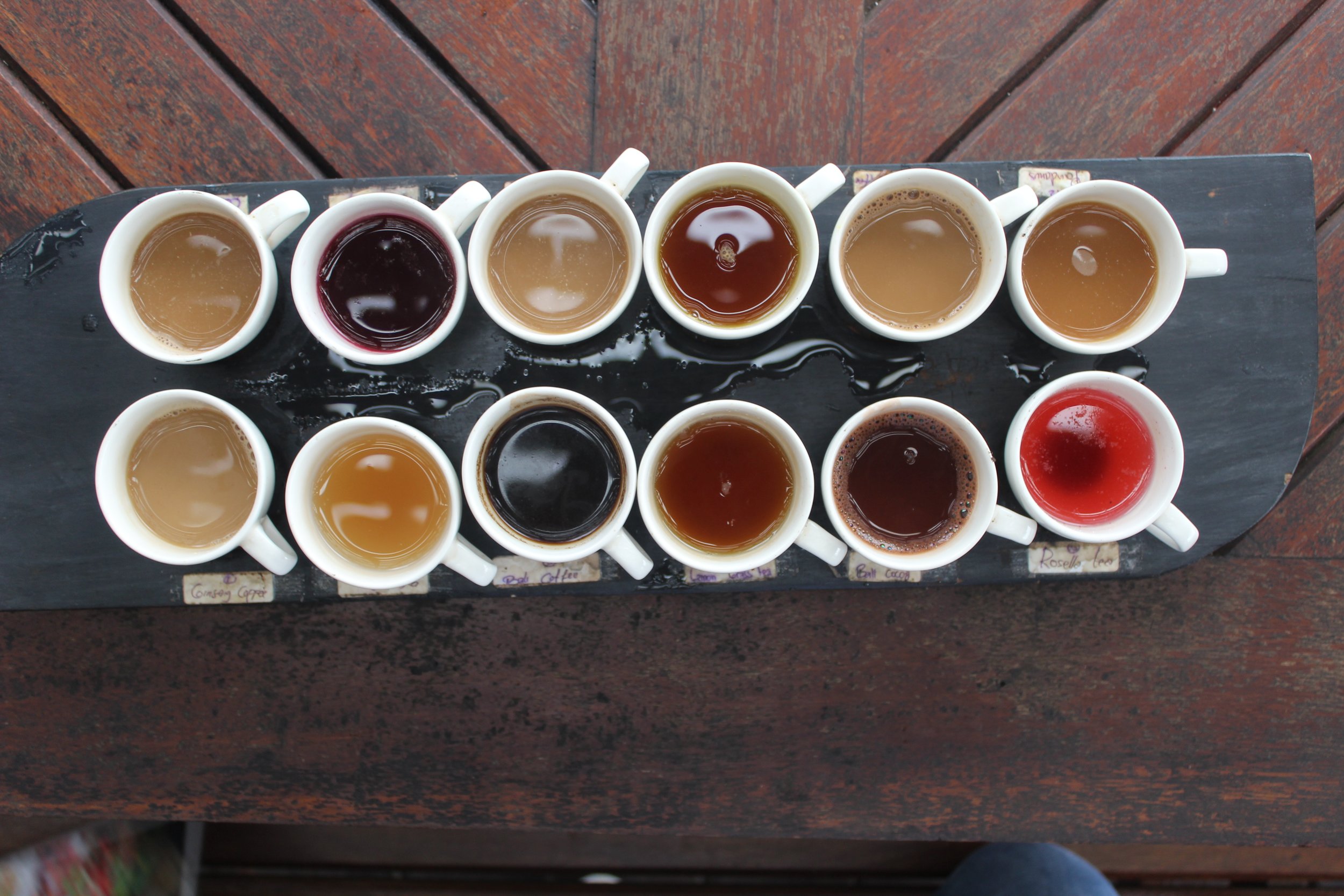We found an interesting article and wanted to share it with you, but we also wanted to translate it a bit and add our thoughts!
In a piece written by Tom Roach, he discusses the difference between distinctiveness and differentiation. While these two words might sound like the same exact thing, he discusses them as two separate schools of thought as it applies to marketing and branding. Here is a link to the article if you’d like to read it yourself!
Breaking the Mold
The whole idea of this article was to bring to light the fact that we are all trying to run successful businesses. In order to do that, we sometimes take the mold that we found was successful for one business then we change it just slightly to fit us and make us “stand out” a bit (while still being safely inside that mold). This doesn’t work too well though because you aren’t being distinctively different. You are still one of the masses that are trying to sell toner or blenders or whatever else. There is a definite risk to stepping out of the mold, but the risk for those who remain one of the masses is greater. As a business, you cannot risk NOT standing out. As Mr. Roach says in his article, “The idea of competitive advantage is intrinsically linked to difference. Which is why the marketing sections of business books always say the same thing – difference matters – and no marketing professors ever advocate sameness as a winning strategy.” (1)
$$$ Through Difference
Brands are more successful when they set themselves apart. They might even get a better price for a product that is only slightly different than their competitors. Why is that? Because they look different therefore they MUST BE different. Worth the higher price tag, obviously. “An analysis of actual prices paid (from the loyalty card data of 2400 shoppers for 79 brands) showed that shoppers paid 22% more for brands they find different and meaningful vs those they didn’t, with difference alone accounting for 40% of this on average.” (2, Brown Study). How does one set their brand apart and make themselves seem more…more? Good question. I liked the way Tom Roach put it in his article. It’s not just a single smoking gun, it’s a culmination of several different things. Its a catchy tagline, a certain ad campaign, or even a branding strategy that isn’t at all what one would expect in your line of business.
Not only does being different help you stand out in peoples minds, but it also helps predict sales in the future. “Brands which people score strongly for both meaning and difference grow sales around 8.2% better in the following year than brands which score poorly, with difference being responsible for at least 50% of the predictive power.” (3) This means that if you are different enough and have legitimate meaning behind what you’re doing and what your brand represents, you have a higher chance of being successful!
So what are we saying?
Always shoot for unsaturated markets.
Break that mold and make a definite move towards individuality.
Keep looking for ways to be different and show you are different through public face, public interaction, or a number of different ways.
If you are having troubles finding your way or you’re not sure how to start, begin by asking questions. Reach out to businesses that inspire you and ask what their secret is. Shoot your local experts an email by clicking HERE! ;) Definitely take a fine tooth comb to your business. Compare the visuals and websites to your level one and level two competitors. From there you can start deviating from the mold.
It’s time to stand out.
Worried about your company in a saturated marketplace?
We can help you.
Email us: hello@829design.com or call (916) 581-1777
Our Sources:
1. Roach, Tom. “The Stupidity of Sameness and the Value of Difference.” BBH, BBH Labs, 20 Mar. 2019, bbh-labs.com/the-stupidity-of-sameness-and-the-value-of-difference/.
2. Kantar Millward Brown R&D study: Shopcom and FlyBuys loyalty card data merged with equity survey responses at respondent level. Based on comparing a composite score built from meaningful and different to price paid for actual brand purchases of 2400 consumers. Analysis includes 79 brands. Low = bottom 25%, Medium = middle 50%, High = top 25% on ‘Premium’ score built from meaning and difference
3. Admap April 2017, ‘Establish KPIs that grow brand equity’, Josh Samuel, Kantar’





